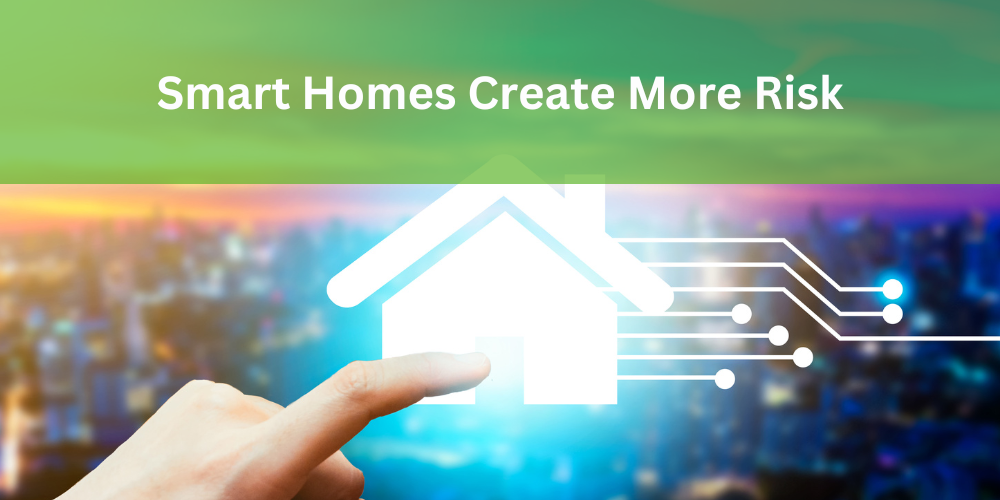IoT, or Internet of Things is a well-known term which is far less well-understood. It refers to, in its simplest form, any item that is connected to the Internet. In its most comprehensive form, it refers to a large, connected system of devices that, besides being Internet-connected, also are designed to receiving and transmitting information.
Private residences (single homes, multi-family homes, apartments, condominiums, etc.) are increasingly hubs of connected devices such as the following:
- Alarm and Security Systems
- >Coffee makers
- Computing Devices (desk computers, iPads, laptops)
- Dishwashers
- Electronic entryways (doors, garages)
- >Microwaves
- Refrigerators
- Smart utility systems (heating, lighting)
- Smart Phones
- Sound Systems
- Thermostats
- Televisions
- Toasters
- Watches
- Washers and Dryers
- Home Speakers
Such devices enhance the home environment, making them more secure and less expensive with regard to heating, air conditioning and lighting costs due to the ability to adjust use, tailored to occupancy, throughout the day. They may also facilitate better monitoring of residences as certain devices can detect failures that could cause damage as well as automatically alerting the property owner or first responders. Another benefit is the collection of data that may be used to improve device designs and function.
There is, unfortunately, a dark side to having living spaces that are akin to being electronically sentient. Home systems and devices ARE connected. Access to the Internet also means access FROM the Internet, specifically in the form of hackers (persons who control systems and devices without authorization). Examples include getting access to home Internet lockouts, unauthorized use of monitoring systems, lost control of home heating, entries, etc.
The dangers are even more troublesome because remedies are limited. Specifically, the damage or loss of use are not subject to insurance protection. Therefore, the situation is a stark reminder that insurance is just one method to guard against risks and other methods are far more effective. Rather than waiting for insurance options, it is important to mitigate IoT risks by practices that combat the dangers, even (and sometimes especially) when they aren't insurance-related.
Cyber security specialists are expert sources for a strategy. Many of the actions necessary are those related to protecting websites, computer systems and software. Methods to safeguards include scrutinization of user agreements and access settings. Switching access to more restrictive settings reduces the chance of loss. All products contain vulnerabilities, soft spots that may allow unauthorized access, and other weaknesses may develop due to efforts by wrong actors seeking to gain access to popular products. Updates and patches are regularly created as fixes. Faithfully installing fixes are a key to protecting devices.
Care should be taken to regularly change passwords and restrict those who have knowledge of this information. Minimize use of devices that are capable of always being on, such as home speakers. Turning off devices that are capable of interaction even when residents are not around is a strong move. State of the art anti-virus software (including use of software updates) is an important tool against hackers as are extra measures such as creating a dedicated IoT Network and avoiding the connection of unsecured devices to a home system. A final, essential way to protect against hackers is to take deliberate action regarding smart device use. Consider selecting key areas where such devices are neither installed nor brought into, such as bathrooms or bedrooms.
Technology's influence over our lives and our living areas will grow. Our ability to protect ourselves against greater and more sophisticated loss exposures will take both insurance and non-insurance methods. We all must be more deliberate in taking action against sources of loss.



Comments